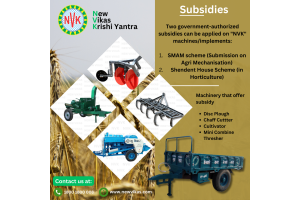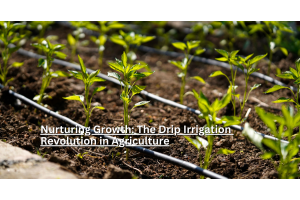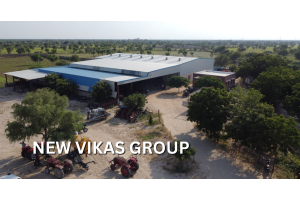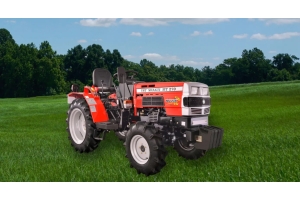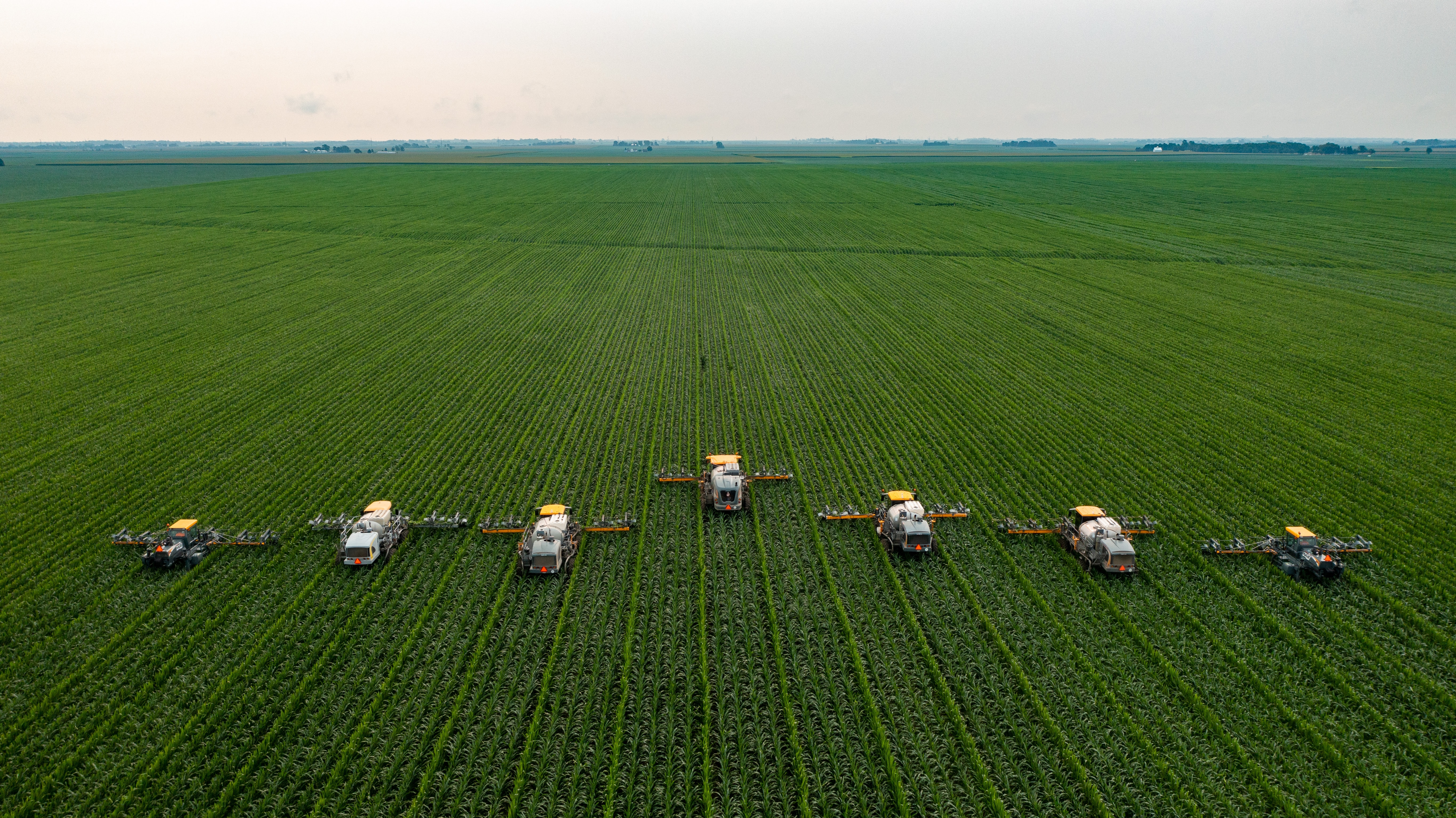
Agriculture is the backbone of the world economy, and over the years, it has been greatly influenced by technological advancements. The use of machinery has revolutionized the agricultural industry, making farming more efficient and productive. In this blog, we will explore the different types of agricultural machinery, their uses, benefits, and how they have impacted the agricultural industry.
Types of Agricultural Machinery:
Tractors:
A tractor is the most common type of machinery used in agriculture. It is used for a wide range of farming operations such as plowing, planting, and harvesting. Tractors come in different sizes and models, and they can be powered by diesel or gasoline.
Harvesters:
A harvester is a machine used for harvesting crops such as wheat, rice, and corn. Harvesters come in different types, including combine harvesters, which are used for harvesting grains, and sugar cane harvesters, which are used for harvesting sugar cane.
Plows:
A plow is a machine used for tilling the soil before planting. It helps to break up the soil and create furrows for planting. Plows come in different types, including moldboard plows, chisel plows, and disk plows.
Seed Drills:
Seed drills are machines used for planting seeds in rows. They come in different types, including broadcast seeders, which are used for broadcasting seeds, and precision seeders, which are used for precise planting.
Sprayers:
Sprayers are machines used for applying chemicals such as herbicides, insecticides, and fungicides to crops. They come in different types, including boom sprayers, which are used for spraying large areas, and handheld sprayers, which are used for smaller areas.
Benefits of Agricultural Machinery:
Increased Efficiency:
The use of agricultural machinery has increased the efficiency of farming operations. It has made it possible to complete tasks faster and with less labor.
Increased Productivity:
The use of agricultural machinery has also increased productivity in the agricultural industry. Farmers can now produce more crops with less labor, leading to increased profits.
Cost Savings:
The use of agricultural machinery has led to cost savings in the agricultural industry. Farmers can now complete tasks with fewer laborers, reducing labor costs. Additionally, machinery can be used for multiple tasks, reducing the need for multiple machines.
Improved Crop Quality:
Agricultural machinery has also improved crop quality by ensuring that crops are planted at the correct depth, with the correct spacing, and with the correct amount of fertilizer and water.
Impact of Agricultural Machinery:
Increased Food Production:
The use of agricultural machinery has led to increased food production. Farmers can now produce more crops with less labor, leading to increased food availability.
Rural-Urban Migration:
The use of agricultural machinery has also led to rural-urban migration. As farming becomes more mechanized, fewer laborers are needed, leading to a decrease in rural employment opportunities.
Environmental Impact:
The use of agricultural machinery has had both positive and negative impacts on the environment. On the one hand, machinery has reduced the need for chemical fertilizers and pesticides, leading to a reduction in chemical pollution. On the other hand, machinery has led to soil erosion, particularly when heavy machinery is used on steep slopes.
Economic Impact:
The use of agricultural machinery has had a significant impact on the global economy. It has led to increased productivity and cost savings in the agricultural industry, leading to increased profits for farmers and agricultural companies.

